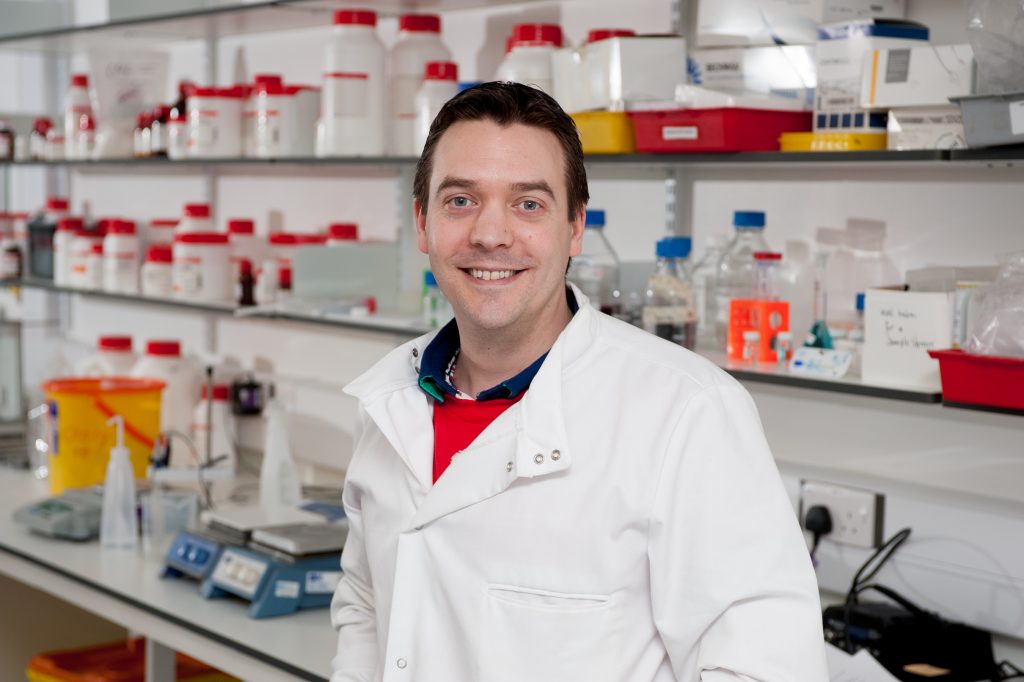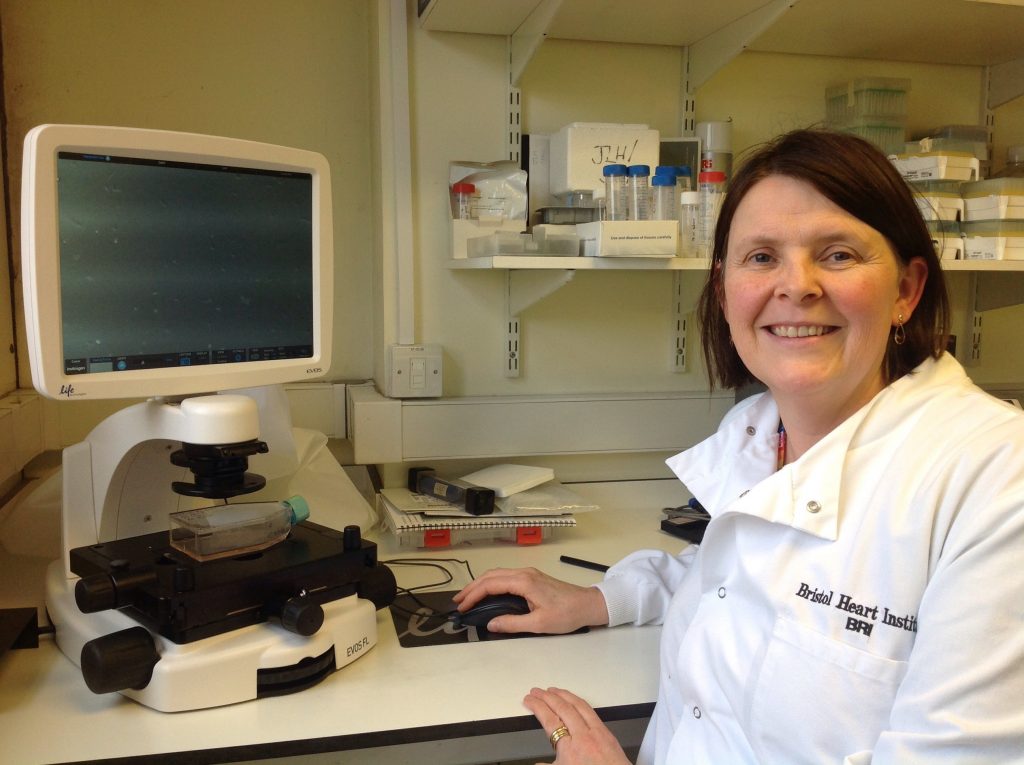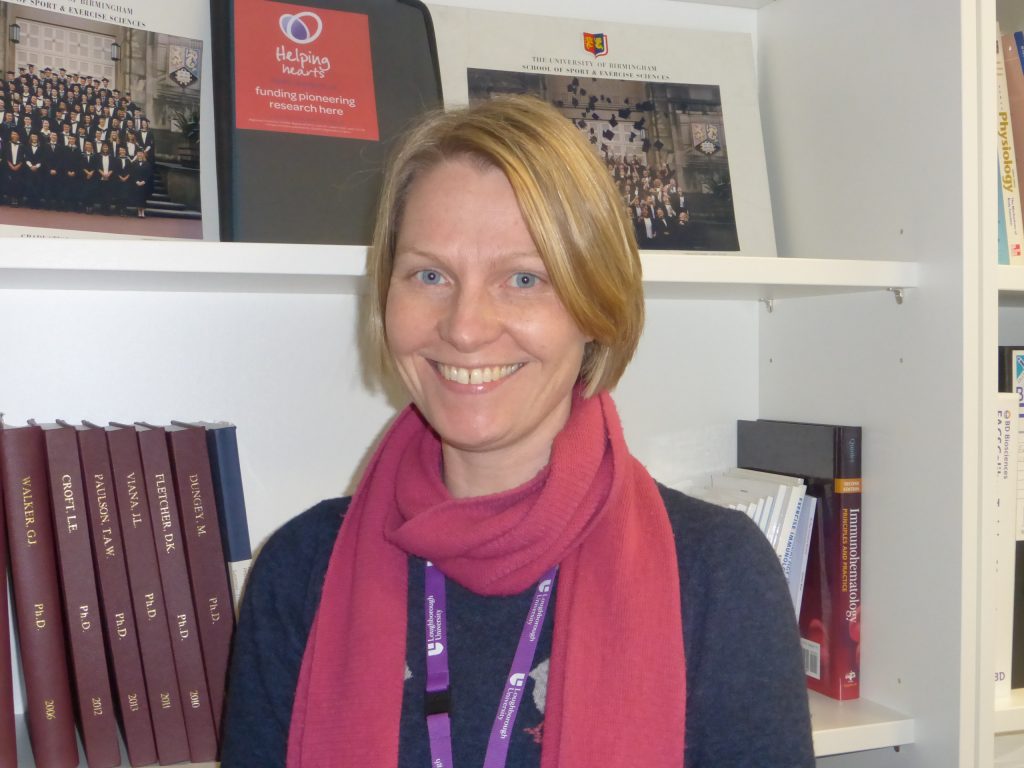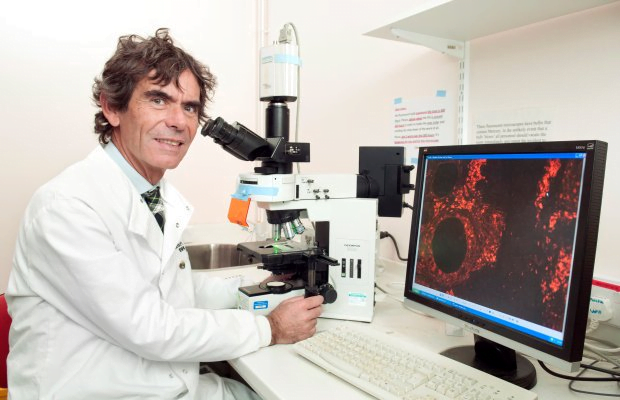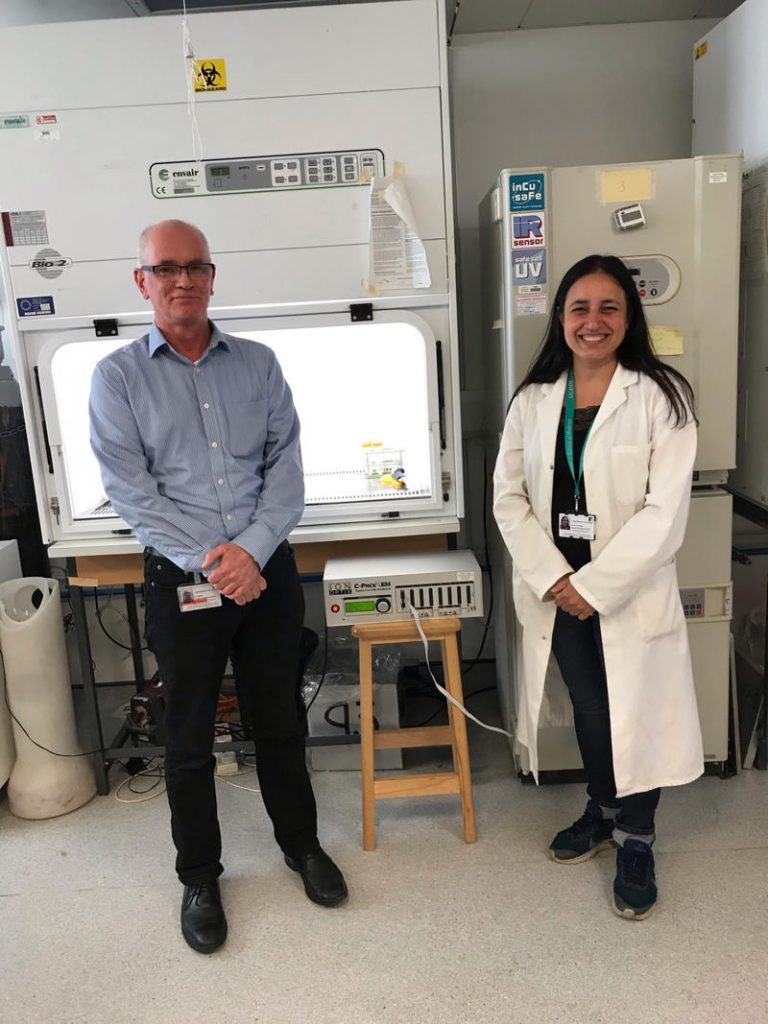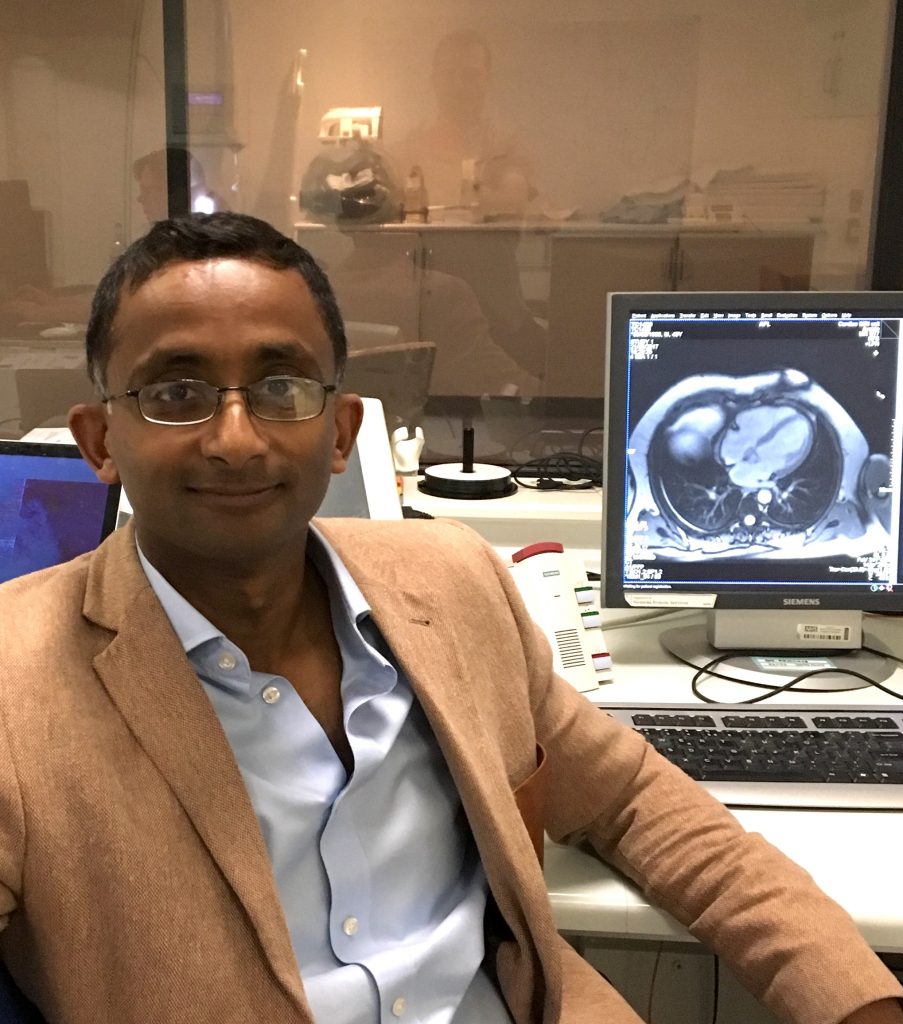Novel and Emerging Technologies (NET) Grant
Prof Omar Escalona, Ulster University
Amount: £248,436
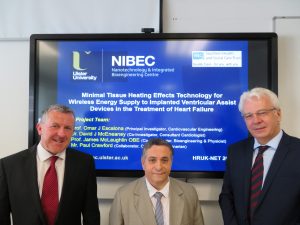
Summary: This project has established that wireless power supplies can be successfully optimised for use with LVADs in patients with heart failure. This will reduce the risk of infection presented by the previous power solution of passing a cable through the skin and will also give greater quality of life to patients. It is hoped that this device, in conjunction with the development of a novel wireless energy coupling technique, can lead the way in the next generation of LVAD devices and improve the outcomes in patients with heart failure.
Heart failure (HF) is an important and growing public health problem, affecting around one million people in the UK. Despite the existence of better treatments, survival rates have remained poor over the last few decades. Left ventricular assist devices (LVAD) are mechanical pumps which support a failing heart. LVADs significantly improve survival and quality of life in patients with advanced heart failure and are increasingly used as a temporary bridge to transplantation or as permanent therapy. However, the electric power is supplied to LVADs via a driveline cable through the skin and these can be very prone to infection. This has prompted the development of wireless power transmission (WPT) solutions to eliminate the need for a cable to supply power to the implanted LVAD. These systems involve the placement of an electrical coil under the skin. However, the implanted coil of the WPT system causes significant heating effects in the skin tissue, leading to local skin and tissue damage. This issue remains a major challenge with the current technology and is the main limiting factor with conventional WPT systems.
Professor Escalona and his team have developed a new technology to address the limitations of current WPT systems, called Transcutaneous Wireless Energy Supply for Medical Implants (TWESMI). This wireless system transmits short high-energy pulses of energy, separated by relatively long idle times, which allows skin tissue cooling via the natural blood flow of the body. The aim of this project was to optimise the proposed new WPT system technology for LVAD use in patients with HF.
The results from the study demonstrated that upgrading the TWESMI device reduced tissue heating in energy transmission to LVADs. Coupled with a novel coil design, the skin heating during energy delivery was reduced by 30% compared to traditional methods which involve continuous energy transmission. This design therefore has great potential for the future development of LVADs. Using a TWESMI would allow for LVADs to be wirelessly powered, reducing the risk of infection associated with the conventional method of passing a cable through the skin. This, in turn, will improve quality of life for these patients. Such a development will make the implantation of LVADs as a long-term option for people with heart failure considerably more viable, making it a more accessible option to more people living with heart failure.
The team are now seeking funding for further development and commercialisation of the TWESMI device, with the hope that, with further investment, this novel energy solution for LVADs could be implemented within the next decade.
Image description: The left-hand image depicts a traditional LVAD set up with a power cable that passes through the skin. The central image is of a wireless power system that uses a continuous energy delivery and causes excess skin and tissue heating. The right-hand image is the novel coil developed by Professor Escalona and his team which uses pulsed energy delivery to reduce the heating to the surrounding tissue and skin.
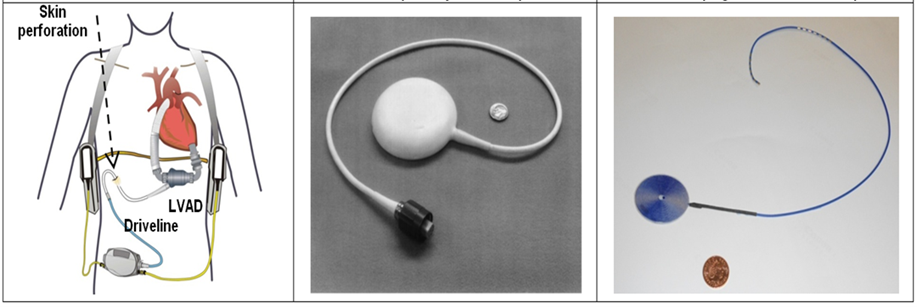

LVAD with novel TWESMI transdermal wireless power supply system.
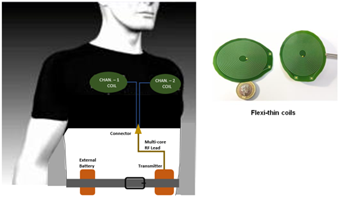
Transcutaneous Wireless Energy Supply to Medical Implants (TWESMI): alternative anatomical positioning of 2 flexi-thin coils on the chest wall using a disposable vest garment.
